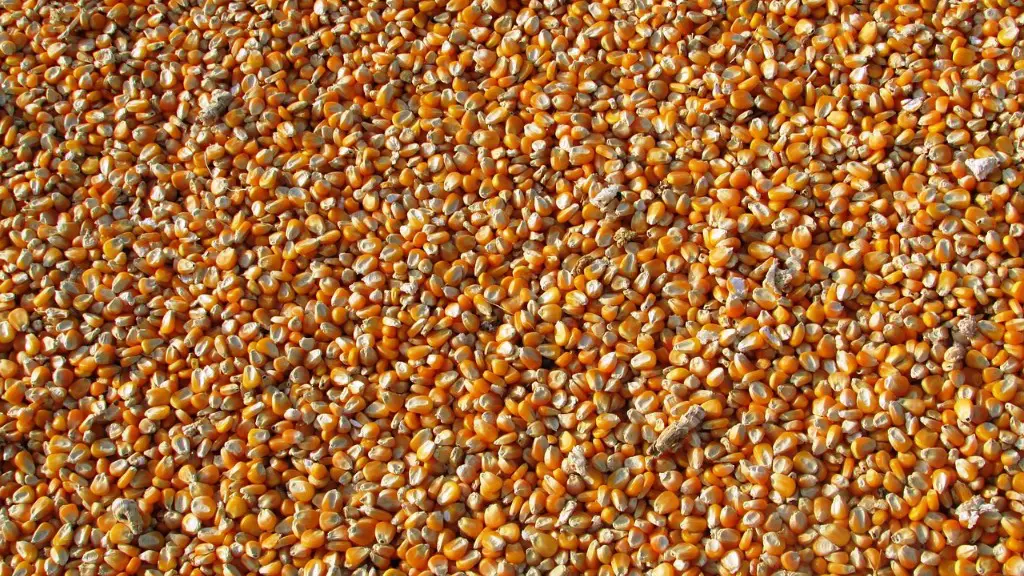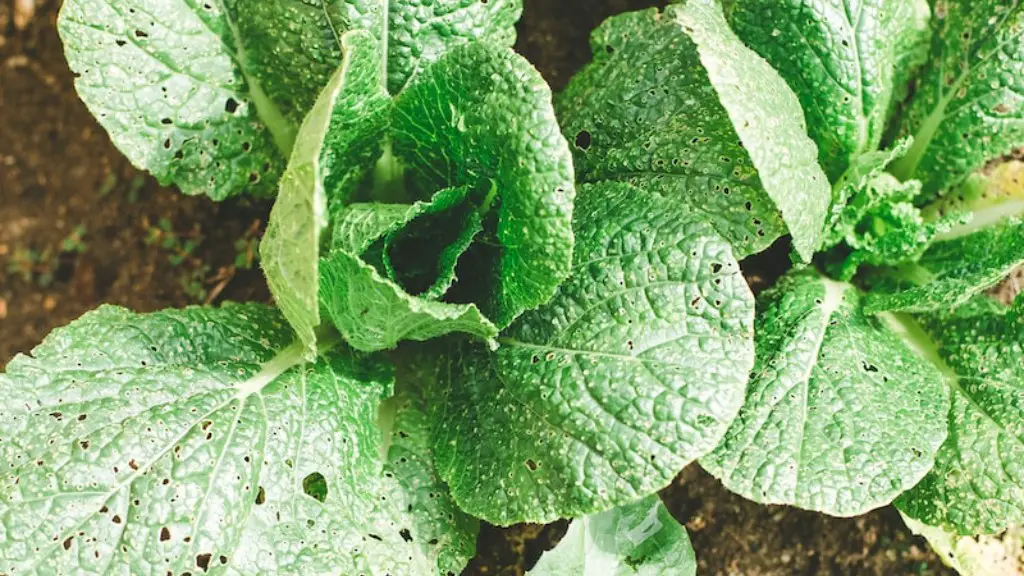Anhydrous ammonia is a gas that is used as a fertilizing agent in agriculture. It is a highly reactive compound that can be used to improve the yield of crops. When applied to the soil, anhydrous ammonia helps to increase the amount of nitrogen available to plants. This gas is also used as a refrigerant in some agricultural applications.
Anhydrous ammonia is most commonly used in agriculture as a nitrogen-release fertilizer.
What are common uses of anhydrous ammonia?
Household cleaners that contain ammonia in water can be used as a fertilizer. Ammonia is a refrigerant in industrial refrigerators and air conditioners and is used in air pollution prevention equipment. It is also a manufacturing of plastics, fibers, explosives, and other chemicals.
Ammonia is a key ingredient in the production of nitrogen-based fertilizers, which are essential for crop growth. Without ammonia, we would not be able to produce the food that we rely on.
How is anhydrous ammonia applied to fields
Anhydrous ammonia is a colorless gas with a strong, suffocating odor. It is highly soluble in water and easily forms explosive mixtures with air. Ammonia is corrosive and reacts violently with many organic and inorganic compounds. Anhydrous ammonia is always injected at least 10 to 20 cm below the soil surface to prevent its loss as a vapor back to the atmosphere. Various types of tractor-drawn applicators are used to place the NH₃ in the correct location.
Anhydrous ammonia is a highly effective fertilizer that helps farmers feed our growing population and replenish nutrients in the soil. As a fertilizer, it provides essential nitrogen for plants and is imperative that proper precautions are taken to ensure that it is handled correctly. Ammonia is a highly toxic gas and can be very dangerous if not handled properly. It is important to wear proper safety gear when handling anhydrous ammonia and to follow all safety protocols.
What crops use anhydrous ammonia?
Anhydrous ammonia is a powerful nitrogen-based fertilizer that can be used to improve yields in corn and wheat crops. Anhydrous tanks are typically filled with NH3, which is anhydrous ammonia’s active ingredient. When applied to fields, anhydrous ammonia quickly breaks down, releasing nitrogen that can be taken up by plants. This nitrogen-rich fertilizer can help improve crop yields by increasing the amount of nitrogen available to plants.
Anhydrous ammonia can also be used as a fungicide to control mold growth on high-moisture grains. When using it with grain, use the same precautions that you use when applying it as fertilizer.
Why do farmers spray corn with ammonia?
Farmers spray corn with ammonia because nitrogen is one of the 17 essential elements used to help plants grow efficiently and healthily. The most common use case for this fertilizer is on corn and wheat. Ammonia is a gas at room temperature, but when it’s pressurized and cooled, it can be turned into a liquid. Anhydrous ammonia is about 82% nitrogen and is the highest concentration of nitrogen that you can get in a fertilizer.
Ammonium sulfate is a good fertilizer for lawns because it provides nitrogen and sulfur, which are both essential nutrients for plants. It is relatively inexpensive and helps lawns green up quickly. However, too much ammonium sulfate can result in too much growth, so it is important to follow the directions on the package.
What happens if we use ammonia on agricultural land
Liquid ammonia is a very dangerous substance and can cause severe chemical burns. If it comes into contact with skin, it will cause dehydration and cell destruction. It is very important to avoid contact with this substance.
The MRTN rate of anhydrous ammonia at a $500 corn price and a $1,100 anhydrous ammonia price is 207 pounds per acre (see Table 1). The 207-pound rate should be used if all nitrogen is applied with anhydrous ammonia.
How long does ammonia last in soil?
Nitrification is a process by which bacteria convert ammonia into nitrates. This process is important for plant growth, as nitrates are a key nutrient for plants. The process of nitrification can take several months to complete, depending on conditions such as soil temperature, pH, and moisture content.
Anhydrous ammonia is a highly poisonous gas that can cause serious chemical burns if it comes into contact with water. If you come into contact with anhydrous ammonia, it is important to immediately flush the area with large quantities of water to prevent the chemical from causing further damage.
What are the dangers of anhydrous ammonia
If you are working with or around anhydrous ammonia, it is important to be aware of the potential hazards it poses to your health. Inhalation of anhydrous ammonia can cause lung irritation and even severe respiratory injuries at high concentrations. The gas is also corrosive and can burn the skin and eyes. Following proper safety procedures is essential to protecting yourself from these dangers.
The current price for anhydrous ammonia is $1,300 per ton. This price is lower than the historical price of $1,400 per ton. The lower price may be due to the current market conditions or the relationship between the buyers and sellers.
What is the difference between ammonia and anhydrous ammonia?
Household ammonia is a diluted water solution containing 5 to 10 percent ammonia. On the other hand, anhydrous ammonia is essentially pure (over 99 percent) ammonia. “Anhydrous” is a Greek word meaning “without water;” therefore, anhydrous ammonia is ammonia without water.
The increase in Anhydrous ammonia’s year-by-year imports from Trinidad and Tobago and Canada can be attributed to the following factors:
– Increased demand for Anhydrous ammonia in Trinidad and Tobago
– The closure of a major Anhydrous ammonia plant in Canada, leading to increased imports from that country
– Improved economic conditions in both Trinidad and Tobago and Canada, leading to increased demand for Anhydrous ammonia
Does ammonia lower pH in soil
Ammonia is a common soil amendment that can be used to raise the pH of the soil. However, it is important to note that as the ammonia reacts with water to form ammonium-N, it can also produce acidity. Therefore, it is important to monitor the pH of the soil after ammonia has been added, and make adjustments as necessary.
Ammonia is a common household product that can be used as an effective cleanser. It is high in nitrogen, which can provide what a plant needs for healthy root growth and development. However, it is important to use caution when handling ammonia, as it can be harmful if inhaled or ingested.
Conclusion
Anhydrous ammonia is used as a fertilizer in agriculture. It is a highly concentrated form of nitrogen that is injected into the soil to promote growth of plants and crops.
Anhydrous ammonia is used as a fertilizer in agriculture. It is a source of nitrogen that can be used to improve crop yields. Anhydrous ammonia can also be used to make other nitrogen-containing compounds, such as urea and ammonium nitrate.





